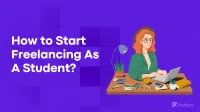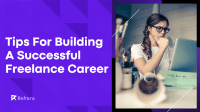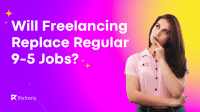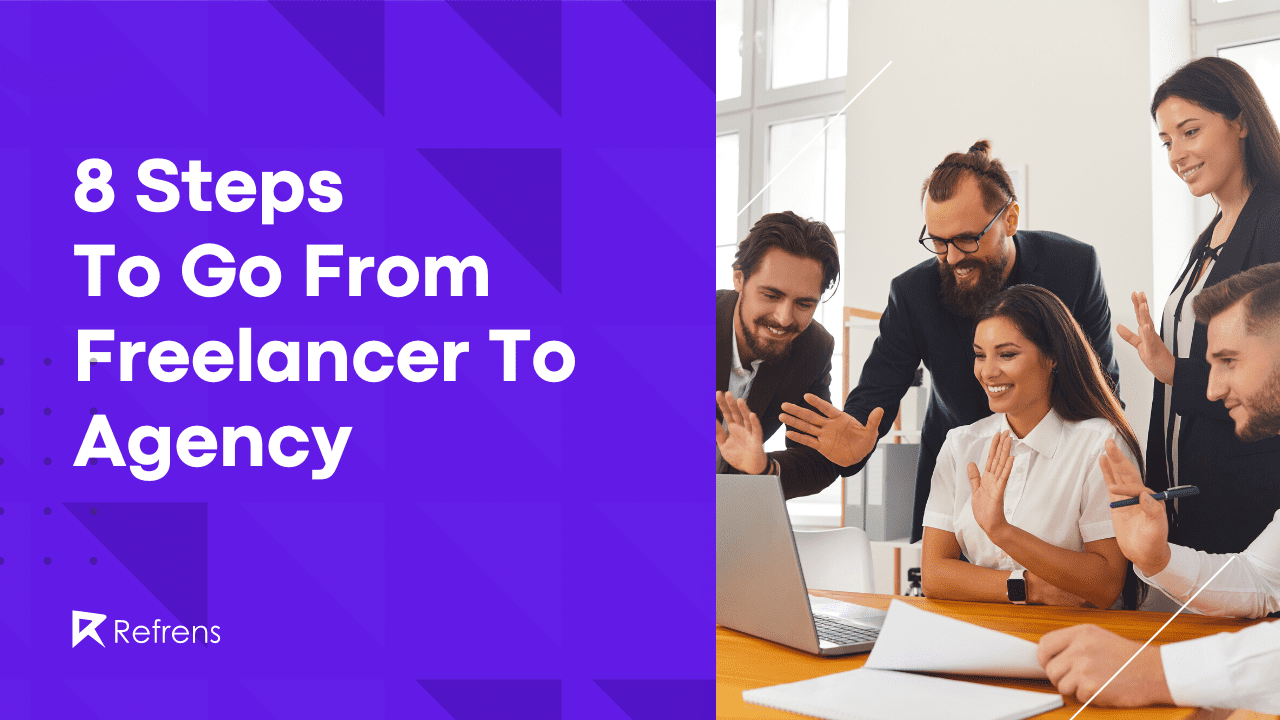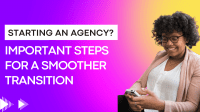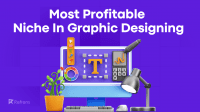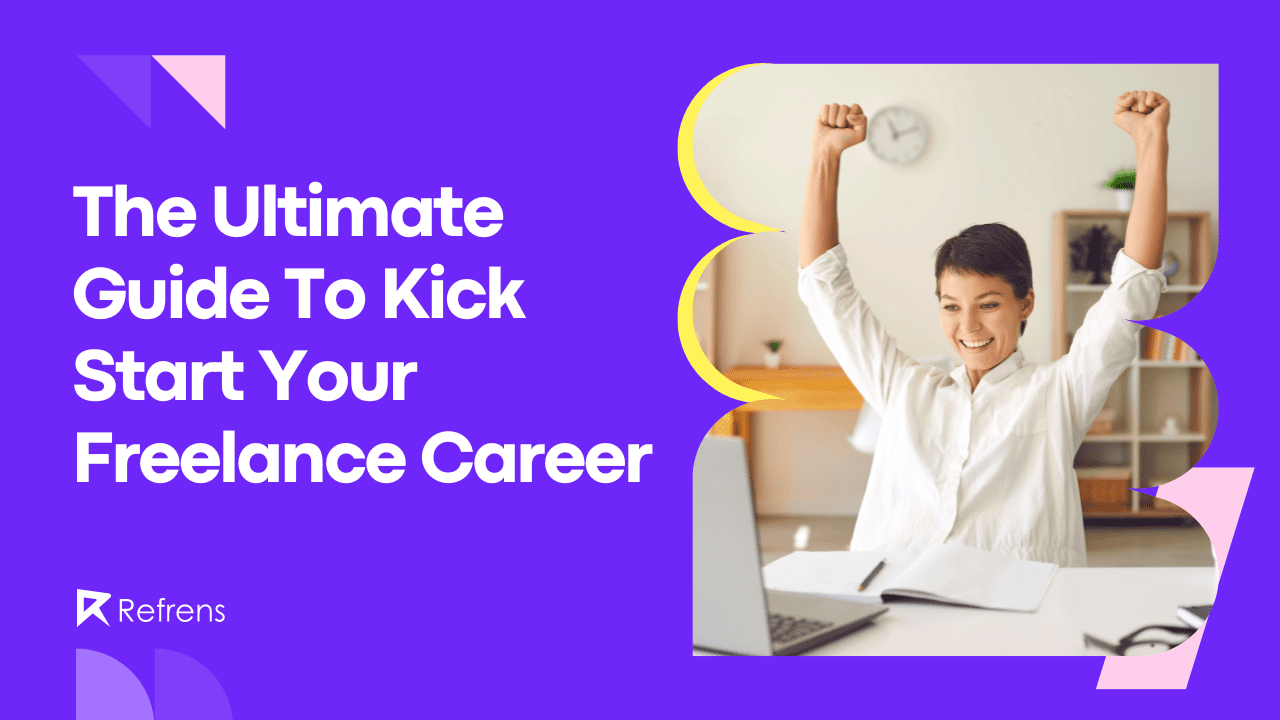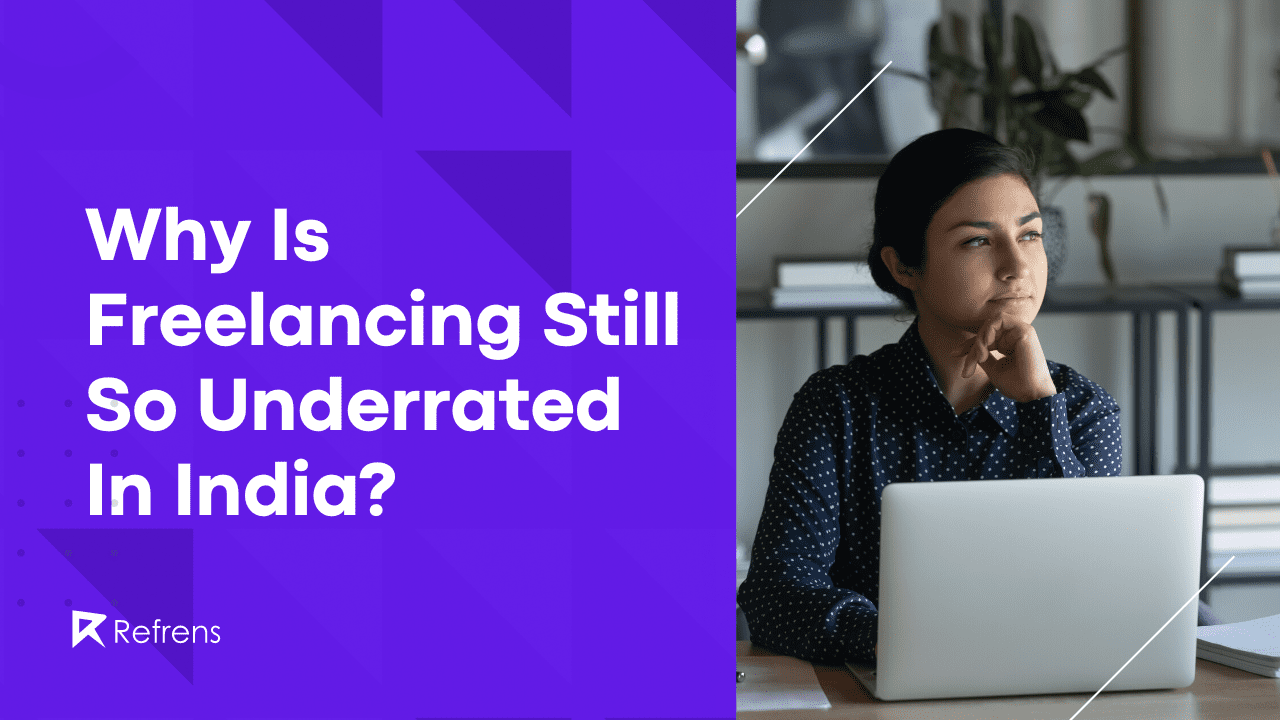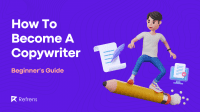Leading her successful career with colors, creativity, and connections, Maitreyee is a designer and an illustrator. Coming from a creative family, she believes that design is limitless, you can always create something new. She entered the world of freelance design to polish her skills and to explore market opportunities.
As a freelancer, she advocates networking, social media platforms, cold email pitches along building trustful relationships for growth. She also firmly believes in growing skills and diversify the portfolio as a freelancer. Advising the new freelancers to focus on pricing and creating content, she wants to help them understand the business side of the design industry.
She was also a part of The Future family and was mentored by Chris Do and Matthew Encina on Young Guns Season 2. They talked about creativity, process and business of design. She has also been invited to take workshops and talks on design and illustration on platformes/institutes such as Communo Canada and IIM Bangalore.
Content with space she is in currently, for her, failures are learnings in life. For her, it’s a blessing to pursue and earn from doing what she loves. Her aim is to always find happiness in what she does and help others achieve the same. She is a determined and a focused person, we wish her success in the future.
Read Maitreyee’s inspiring journey:
1. Introduce yourself to us?
Hello, I am Maitreyee Kalaskar, I am an independent designer and illustrator. I work with Tech Giants and fun cosmetic firms from LA to Seoul. I am somewhat obsessed with colors as you can see from my work. Also, I love connecting with creative people from all over the world.
2. Why did you choose the field of design? How did you get introduced to this field? What fascinates you the most about your career choice?
Creative fields always had my attention. Other than graphic design, photography, illustrations, and painting were always on my list as a professional career. Initially, I wanted to be an Animator and worked towards it. My thesis was on character design in my final year as a BFA (Bachelor’s in Fine Arts) Student with illustration major.
Design in identity systems intrigued me. I started my career as a Junior Graphic designer at an agency while finding my style in Illustration storytelling. As a kid who grew up in a creative family, I find myself lucky to have been supported by parents and family to pursue it. I thank them for introducing me to it.
The most fascinating aspect about any creative field is that you are never bound to one. You can influence other creative areas on your own and constantly create something amazing.
3. Why did you choose to freelance? When did you begin to freelance? Were you planning it, or how did it happen?
While getting my BFA degree, I started taking small projects to get real-world experience in design. I knew that if something bothered me as a newbie, I can always ask my peers and teachers for guidance.
I always loved the idea of freelancing early in the career to polish my skills on my own and to test the waters. Joining an agency before going freelance for 2 years helped me gain the confidence you need with your clients. You also get to see strategy sessions firsthand.
4. Talk to us about, how to build and use your network effectively as a freelancer?
Networking and connecting with people outside and inside my field was something that I always loved doing. These connections give you a different perspective that you need sometimes to assess a decision you are taking.
The network takes time to build, especially into a trusting relationship where they can trust you with a business deal. I got to work with amazing companies like Krave Beauty because of Liah Yoo (The Founder) and also with America’s Top 10 Medical schools just because of the efficient way of networking that took me time to build and understand.
Most of the time, I shoot emails to companies that I want to work with, you’d be surprised at how many of them say yes because most companies are always on a lookout for a creative person to come on board or some companies don’t know where to look for one.
5. How to negotiate your deal with clients? What are the important points and techniques to keep in mind?
It completely depends on what type of side you are dealing with, a small startup cannot pay you as much as a big IT giant can. Therefore, you have to use your strategy about pitching and negotiation depending on who you are working with. The main points would be to keep in mind how much you are going to invest into the project, time, and materials.
You should be able to pay for all of this plus gain profit from this project. Pricing is entirely dependent on how much value you provide and the time and effort you put into it. Always keep all the money talk on email, so that there is always proof of how much both parties agreed upon.
Negotiation is something that you gain via experience, always keep changing your negotiation tactics that didn’t work and keep improving those that worked perfectly.
6. As a freelancer, speak about having integrity as an essential characteristic? Tell our readers about being original, giving credits, and having a USP with your work and services offered.
It is always frustrating when someone copies your work as their own or doesn’t give proper credits. This is something that all creatives should follow themselves too, being original is where it is at. Have your own ideas, get inspired, but never copy someone else’s work that they have put so much effort into.
A creative concept is always something that comes from within. Having your own idea stolen is something a lot of creatives, including photographers, illustrators, artists, and even designers are still struggling with. Spreading knowledge about this and acting just about these occurrences is something we creatives should be a part of proudly.
You should always have your brand and the type of style to provide to clients, that is what clients are interested in. If you’re always doing generalized work clients who pay six figures for a specialty won’t come seeking you. Always have something specific that you provide that others don’t, and being consistent with it can gain you, clients, over time.
7. What is the one major pro and/or con of freelancing, according to you?
Being a freelancer can be very lonely, I absolutely miss team projects and team brainstorming sessions. In this scenario, 10 minds are better than 1, when you are surrounded by creative people in an agency/studio you always come up with better solutions faster.
As there are cons to the freelancing gig, there are also pros, you are the boss of yourself, therefore whatever idea you come up with is finalized with the client. Being in an agency you always get to work with huge projects that have to have over 10 to 100 people working on it and most of the time with big companies too.
As a freelancer, you always get to choose what type of clients you want to work with, and what type of work you want to do for them. It is so funny that when you are working in an agency/studio, you crave for freelance life, but when you are a freelancer, you crave for agency life.
8. What are the most crucial aspects that a freelancer should focus on for growth?
Networking and growing your skills are the two aspects that all freelancers should concentrate on regularly. Keeping in check that you are doing both simultaneously will gain you more clients and better clients too. Doing self-work, concept work can benefit a freelancer greatly to showcase their skills, try something different, and have a diverse portfolio in their own field.
Clients always look for concept works or similar works to their own brand when hiring a freelancer. So if you have talent and you showcase it beautifully on your portfolio, don’t hesitate to show off what you got. Keep posting your work on social media. Also, send it to people that you think would help you with gaining more clients in the future. Keep that networking game on!
9. What is the most difficult thing about freelancing, getting payments, getting customers, and managing finances?
Inconsistency is something that is the most difficult thing or a scary thing in the freelancing business. You have no idea if you are going to get paid the same or at all this month or not. It completely depends on the clients that you have or the contracts that you have signed.
Getting payments was really hard for me when I just started freelancing. However, having a foolproof contract really helped me get through with it without any hassle. Having a contract can save a freelancer’s time and money. How much you’re going to work on, How much you are going to charge, and when you are going to charge should all be there, in detail, on that contract that you draw before accepting work from a client.
Sometimes getting a customer/client can be very hard but that’s when your networking web can come in handy. If you have freelance friends or people who work in an agency, always reach out to them and let them know that you are looking for a project. Agencies are always looking to hire freelancers on a project basis, don’t hesitate to get the word out.
10. Have you turned down a potential client? If yes, why?
Yes, many times! Not all clients are suited for the services that you give. I’ve had clients come to me for UI designs or even motion design, as I don’t do work in that field, I have turned them down. I have even turned down illustration and identity work, which I actually work on, just because they wanted it for free or for very cheap.
All freelancers go through a patch of bad clients, I’ve had clients come to me with very specific requests. They didn’t need my creative input, it didn’t make sense to me, therefore I had to turn it down. As you grow and get experience in your field, you want people who turn to you for creative and strategic guidance, the identity or illustrations that you are making for them should make a difference in their business, it shouldn’t be just for decoration.
Now, if a client comes to me with the opposite intentions, I sadly have to say no or work my way around it. Gladly this number is very low, nowadays a lot of companies are understanding the creative and strategic work that we put into these projects so that they get more customers and their business blooms.
11. What mission and vision do you have? How do you want history to look at you?
I really want to make it easier for people who are just starting out in the design industry. India doesn’t have that much grasp of the business side of design. I try my best to spread awareness and share my experience through social media, workshops, and talks.
I always love to go live and have discussions with my fellow designers on Instagram and other platforms. We discuss how we dealt with some problems that we had as freelance designers. As I talk with a lot of amazingly creative people across the world, I get to know the experiences of founders of creative agencies and freelancers.
My mission is always finding happiness in what I do, it is such a blessing to get to do what I love plus earning a living from it. It would be such an amazing journey if I could help other creative people do the same.
12. What would do you differently if you had to begin your career again? What would you focus on once you restart?
I would have definitely started working on building my networking and social media very soon into my career. It is something that I realized very late on how important it is. Other than that I think I’m happy with how it turned out, experiencing failures is something of a perspective that we all need to go ahead in life and not repeat it again.
Maitreyee can be reached out on Refrens, and Website.
After knowing the importance of networking as a freelancer from Maitreyee, read our article on How To Write a Perfect Cold Email? to optimize another efficient marketing technique.



